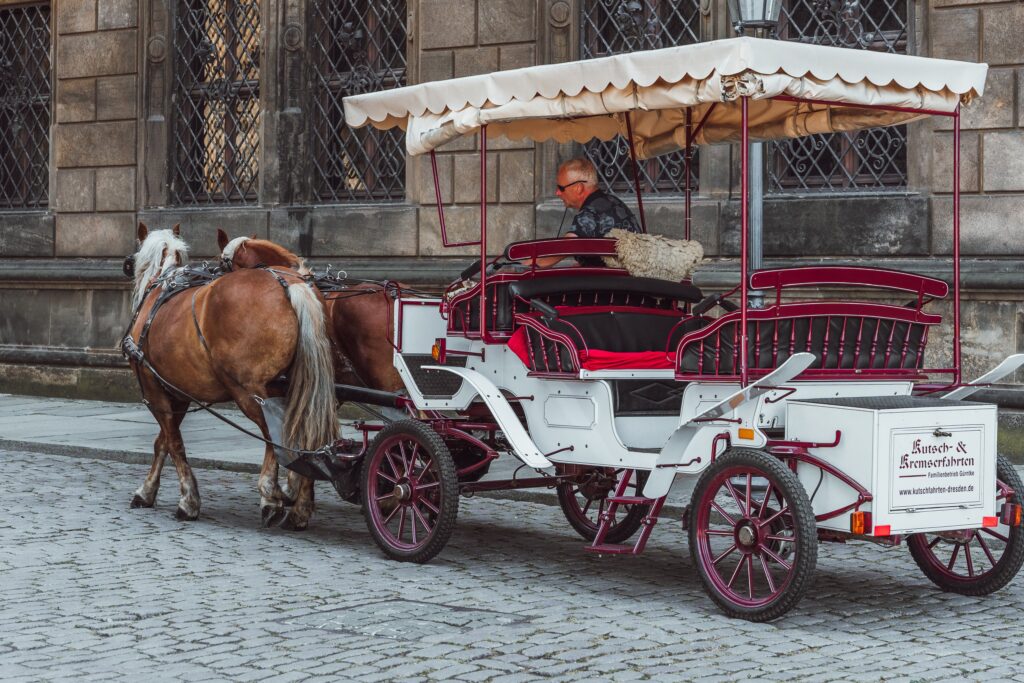Step into the world of bourbon and discover the secrets behind its timeless transformation. In this article, you will unravel the magic of bourbon’s aging process, understanding how time and oak barrels work together to create that smooth and rich flavor profile. From the selection of grains to the perfect aging conditions, you will gain an appreciation for the meticulous craftsmanship that goes into creating this beloved spirit. So grab a glass, sit back, and let us take you on a journey through the fascinating journey of bourbon’s maturation.

Table of Contents
Bourbon’s Aging Process
Introducing Bourbon
Welcome to the world of Bourbon, where time and craftsmanship come together to create a truly remarkable spirit. As you embark on this journey, get ready to delve into the secrets behind Bourbon’s aging process and uncover the magic that takes place within those oak barrels.
Understanding the Aging Process
Bourbon is a spirit that gets better with age, thanks to its unique aging process. The key to this process lies within the oak barrels that Bourbon is aged in. These barrels play a crucial role in shaping the flavor, color, aroma, and overall character of the spirit.
The Role of Oak Barrels
Oak barrels are the heart and soul of Bourbon aging. They provide a porous surface for the spirit to interact with, allowing it to extract flavors and compounds from the wood. The charred inner layer of the barrels acts as a filter, removing impurities and providing a smooth, velvety mouthfeel.
Maturation vs Aging
Although the terms “maturation” and “aging” are often used interchangeably, they have subtle differences when it comes to Bourbon. Maturation refers to the chemical changes that take place over time, while aging encompasses both the chemical and physical transformations that occur during the aging process.
Factors Affecting Bourbon’s Aging
Several factors influence Bourbon’s aging process, making it a complex and dynamic journey. Let’s explore some of the key factors that play a role in shaping the final product that ends up in your glass.
Time and Temperature
Time and temperature are two of the most critical factors that influence Bourbon’s aging. Higher temperatures accelerate oxidation and extraction, while lower temperatures slow down these processes. The ideal balance between time and temperature is crucial in achieving the desired flavors and characteristics.
Warehouse Location
Believe it or not, the location of the warehouse where Bourbon is aged can make a significant difference in the final product. Warehouses located in different climates can create variations in temperature and humidity, leading to distinct flavor profiles.
Barrel Size and Age
The size and age of the barrels also impact the aging process. Smaller barrels, such as those used for craft distilleries, accelerate aging due to increased wood-to-spirit ratio. On the other hand, larger barrels allow for a slower, more gradual maturation process.
Position within the Warehouse
Even the position of a barrel within the warehouse can influence the aging process. Barrels on higher floors are exposed to more fluctuating temperatures, leading to increased interaction with the wood. This exposure accelerates maturation, resulting in robust flavors.
The Impact of Maturation
Maturation is where the true magic of Bourbon aging happens. As the spirit interacts with the wood, a multitude of transformations occur, giving rise to the delightful flavors, aromas, and textures that Bourbon is known for.
Flavor Development
During maturation, Bourbon absorbs compounds from the oak, such as vanillin and tannins, which contribute to its complex flavor profile. These compounds infuse the spirit with notes of caramel, vanilla, spice, and oak, creating a harmonious symphony of tastes.
Color Transformation
The amber hue that Bourbon is renowned for is a result of the aging process. As the spirit resides in the oak barrels, it takes on the color of the charred wood, developing a rich and enticing golden tone.
Evolving Aromas
One of the wonders of Bourbon aging is the evolution of aromas. Initially, the spirit may have a sharp, alcoholic scent. However, over time, the harsh notes mellow out, giving way to delightful aromas of caramel, butterscotch, toasted nuts, and even hints of fruits and spices.
Changes in Texture
As Bourbon ages, it undergoes physical changes that enhance its texture. The spirit becomes smoother, velvety, and more enjoyable on the palate. Each sip is a testament to the meticulous aging process that has taken place over years.
Chemical Transformations
Chemical reactions between the spirit and the oak influence Bourbon’s aging process. The extraction of flavors, the breakdown of congeners, and the transformation of compounds all contribute to the complexity and depth of the final product.
Aging Beyond the Legal Minimum
While Bourbon is legally required to be aged for a minimum of two years, many distillers choose to age their spirits for much longer. This extended aging allows the flavors to develop further, resulting in a more refined and sophisticated Bourbon.
Exploring the Age Statement Debate
The age statement on a bottle of Bourbon has long been a topic of discussion among enthusiasts. Some believe that older Bourbons are inherently better, while others appreciate the unique qualities that younger spirits bring to the table. The age statement debate invites exploration and personal preference when choosing your perfect pour.

Uncovering the Magic Behind Bourbon’s Maturity
The Science of Bourbon Aging
Behind the artistry of Bourbon aging lies a world of science. Understanding the scientific processes that occur within the barrels sheds light on the magic that unfolds with time.
The Relationship between Time and Flavor
As Bourbon ages, an intricate balance of chemical reactions takes place. The interaction between the spirit and the wood, along with oxidation and other processes, leads to the development of a diverse range of flavors. Time allows these flavors to harmonize and deepen, resulting in a well-rounded and mature spirit.
Delving into the Chemistry
Chemistry plays a crucial role in Bourbon aging. Various compounds, such as esters, aldehydes, and fusel oils, are present in the raw spirit and undergo transformations during maturation. These chemical changes contribute to the unique flavor profile of Bourbon.
The Role of Congeners
Congeners are byproducts of the fermentation and maturation processes. They include compounds such as alcohols, acids, and esters. Congeners add complexity and depth to the flavor of Bourbon, and their presence and evolution during aging are key contributors to its overall character.
The Maillard Reaction
The Maillard reaction, a complex chemical process, occurs during Bourbon aging. This reaction involves the interaction between amino acids and sugars, resulting in the development of rich, roasted flavors. The Maillard reaction is responsible for the delightful caramel, toffee, and butterscotch notes that imbue aged Bourbons.
The Effects of Oxidation
Oxidation is another essential factor in Bourbon aging. When the spirit is exposed to air within the barrel, it undergoes slow oxidation, leading to changes in flavor and aroma. Controlled oxidation allows for the development of nuanced flavors and a smoother finish.
Ruminating on Rumination
As Bourbon ages, another fascinating process takes place – ruminant maturation. Ruminant maturation refers to the exchange of compounds between the spirit and the charred layer of the barrel. This process contributes to the distinctive flavors and complexity found in well-aged Bourbons.
The Importance of Patience
Patience is an essential virtue when it comes to Bourbon aging. As you savor a glass of well-aged Bourbon, remember that it took years of patience and meticulous craftsmanship to create such a remarkable spirit. Each sip is a testament to the dedication and skill of the distillers who unlocked the magic of maturity.
In conclusion, understanding the aging process of Bourbon allows us to appreciate the artistry and craftsmanship behind this beloved spirit. From the role of oak barrels to the chemical transformations that occur, every aspect of the aging process contributes to the complex flavors, aromas, and textures that Bourbon enthusiasts cherish. So, next time you raise your glass of Bourbon, take a moment to reflect on the timeless transformation that took place within those oak barrels, and enjoy the magic of maturity. Cheers!
